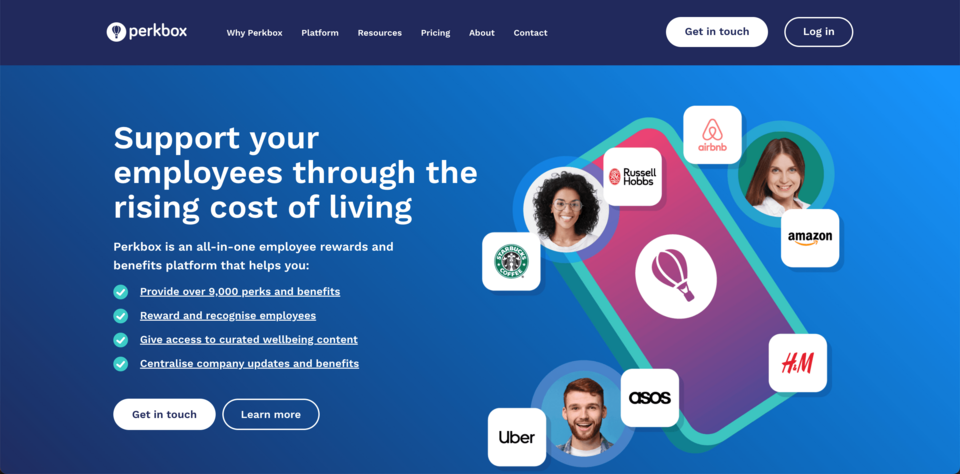How to create a corporate wellbeing strategy
![]()
In the planning stages, it’s important your actions follow a particular order. Introducing a new wellbeing initiative involves a lot of people, all of whom have different ideas and values. Communicating with people at the right stages will help keep your strategy on track.
1. Create goals and objectives for the wellbeing strategy
There is no doubt great ideas are the foundation of a successful wellbeing programme. However, measuring a return on investment is much more difficult when these ideas are not in alignment with any specific goals.
So, what’s a good example of a wellbeing goal? Well, all goals should follow the SMART principle and be specific, measurable, achievable, realistic and timely.
An example of a SMART wellbeing goal could be ‘reduce employee absenteeism by 5% one year after introducing the wellbeing programme’. Measuring this goal is simple as all you need to do is compare sick days between the two years.
Objectives for this goal may look like:
- Train managers to spot signs of stress in their teams
- Offer discounts on nutritional supplements and healthy meal subscription boxes
- Introduce healthcare benefits, including an online GP and prescription collection service
2. Get employees involved in pitching ideas
The more meaningful your wellbeing programme is the more successful it will be. Holding polls, town halls, and surveys are useful methods to understand what your teams value and want in a wellbeing package.
That said, it’s important to also include senior management in the initial planning stages, as they’ll play a crucial role in ensuring your strategy is embedded into day-to-day operations and the wider company culture.
You may also want to seek help from an occupational health professional who can advise on assimilating your teams’ ideas into current health and safety practices. Weaving elements of your wellbeing strategy into health and safety guidelines gives it added priority.
![]()
3. Use an all-in-one solution
Ideally, when choosing a wellbeing package you want a good return on investment. Keeping that in mind, all-in-one solutions are an excellent option for producing the best wellbeing outcomes for your budget. When all of your wellbeing offerings are in one place, it’s much easier to align them with your goals and keep track of what features people value most.
All-in-one solutions tend to include resources that have a positive impact on your people’s mental, physical, and financial wellbeing. Perkbox, for example, is a global benefits and rewards platform that has several features including an ever-expanding library of wellbeing resources, such as on-demand workout videos, guided meditations and sleep stories. Additionally, employees also get access to over 9,000 perks and discounts with international retailers.
Typically, employee wellbeing tools also include the option to integrate your own company benefits within the platform, so your teams can conveniently access everything from an app or online portal. This not only increases engagement with the platform, but helps you identify what aspects of your wellbeing strategy resonate most with your people.
![perkbox homepage]()












Share